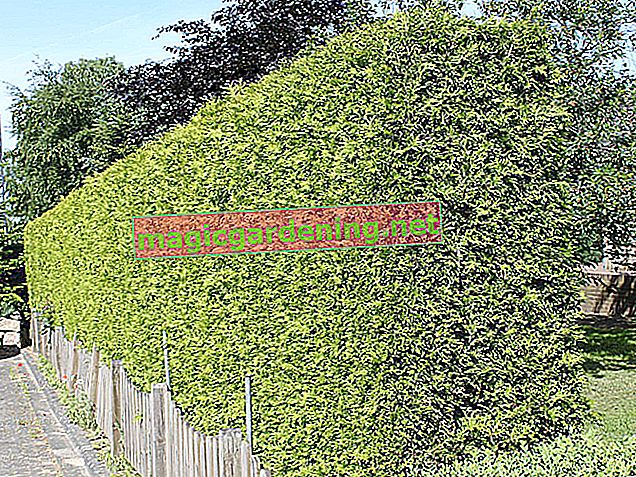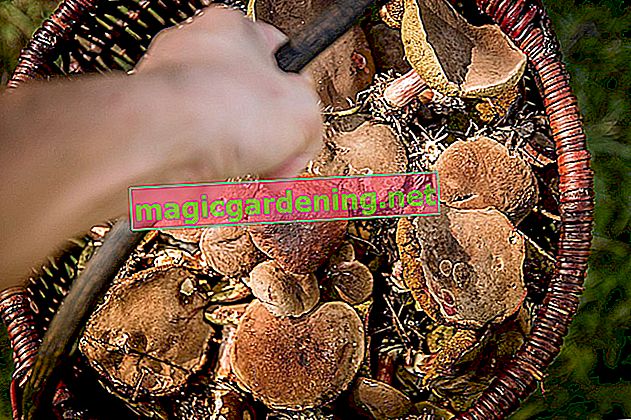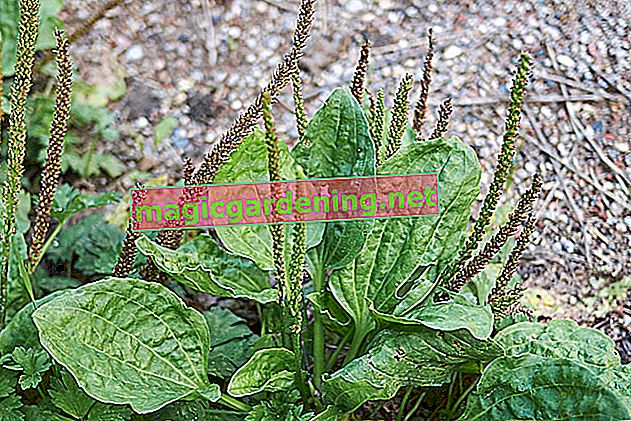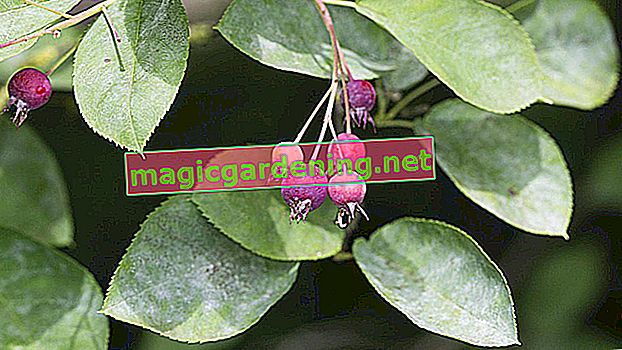
How many species of thuja are there?
How many species of thuja there actually are is hard to understand. New varieties keep adding new varieties.
also read
- Planting thuja - a little guide
- Which thuja grows the fastest?
- Is there actually an increased thuja dying?
A number of arborvitae species are very commonly planted, such as Brabant and Smaragd.
When choosing, the gardener should consider that not every species is suitable for every purpose. While some varieties are very fast-growing and soon form an opaque hedge, other types are more suitable for care as a single tree or topiary.
A small overview of known Thuja species
| Variety name | colour | Growth / year | suitable for | particularities |
|---|---|---|---|---|
| Thuja occidentalis Brabant | green | 30 - 40 cm | hedge | robust and fast growing |
| Thuja occidentalis emerald | emerald green | 20 cm | Single shrub | larger plant spacing |
| Thuja plicata Martin | dull green | up to 40 cm | hedge | very fast growing |
| Thuja occidentalis Columna | dark green | up to 20 cm | hedge | becomes very dense |
| Thuja occidentalis Teddy | dark green | up to 20 cm | Bucket, topiary | soft needles |
| Thuja plica aurescens | yellow-green | up to 40 cm | Single shrub | becomes very high |
| Thuja occidentalis Danika | blue green | remains short | Ballwood | bronze in winter |
| Thuja occidentalis Rheingold | gold colored | up to 10 cm | Container plant | Colors vary |
| Thuja occidentalis Tiny Tim | light green | remains short | Ballwood | doesn't need a cut |
Particularly fast-growing species
The particularly fast-growing varieties include Thuja Brabant, Thuja plica Martin and Thuja plica Aurescens. They differ in the color of the foliage.
If you are unsure about the right type of thuja, seek advice from a specialist and talk to your garden neighbors.
Tree of life in a bucket or as a topiary
Some varieties of the tree of life grow very slowly or have certain demands on the soil. If you want to maintain a tree of life in a bucket or as a topiary, you should fall back on small, slow-growing species.
Small varieties such as Danika or Tiny Tim naturally grow in a spherical shape. They develop almost no protruding shoots and therefore hardly need to be pruned or not at all.
Accelerate growth
The growth of the various species can only be sped up a little. When planting as a hedge or solitary, you should allow the tree of life a favorable location in the sun or partial shade.
Make sure that the thuja is not watered too much or too little and do not overfeed the tree of life.
Tips
Thuja emerald is often offered and planted as a hedge plant, but it is not the ideal choice for a hedge. It must be planted at a greater distance and grows comparatively slowly.








